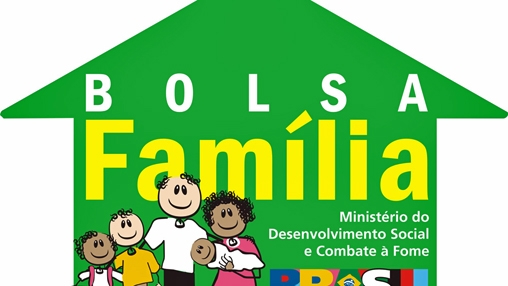Can social policies go beyond assistance and become active tools of social and economic transformation? Brazil is showing us that they can.
The Bolsa Família Program, which has technical and financial support from the World Bank, is cited as one of the key factors behind the positive social outcomes achieved by Brazil in recent years.
The Program reaches 13 million families, more than 50 million people, a major portion of the country’s low-income population. The model emerged in Brazil more than a decade ago and has been refined since then.
Poor families with children receive an average of R$70.00 (about US$35) in direct transfers. In return, they commit to keeping their children in school and taking them for regular health checks.
And so Bolsa Família has two important results: helping to reduce current poverty, and getting families to invest in their children, thus breaking the cycle of intergenerational transmission and reducing future poverty.

